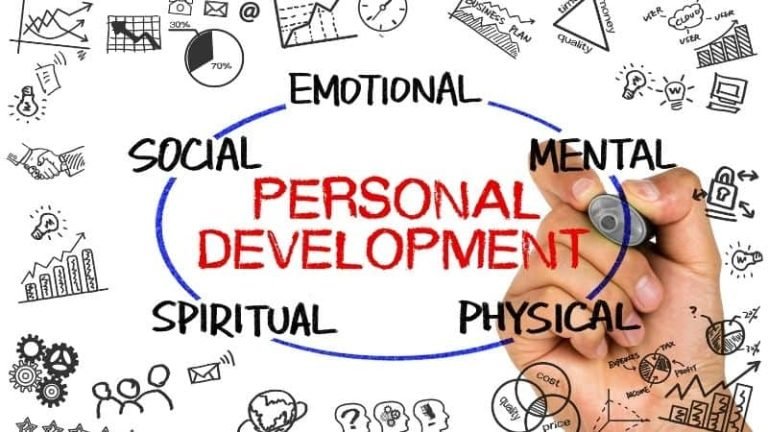Дорожная карта успешной карьеры в ОАЭ?
Taking the traditional route through a profession means beginning at the bottom of the totem pole and gradually making your way to the top. Nothing remarkable about spending your whole professional life working in the same industry and often at the same firm.
Today’s work market is much more dynamic, and many individuals cherish the possibility of investigating several employment avenues. Jumping from one profession to another and from one industry to another is sometimes considered a positive sign of success. The most qualified applicants can quickly move up the organization’s ranks. Some people place a higher premium on other aspects, such as striking a healthy balance between their professional and personal lives.
The approaches that people take to their careers are evolving. But how does this play out for them in the real world? Michael Page polled 1,672 prospective employees in the UAE beginning in the middle of July and continuing into September. You will find the findings to be interesting.
A Road Map for a Successful Career in The UAE
It is not yet too late to begin one’s professional life from the bottom and work one’s way up through the ranks; the days of believing that a promising career was primarily characterized by its steadiness have not yet passed. 57% of the applicants who responded to our survey said they had been promoted inside the same business. Forty per cent of those who participated in the survey said they had been promoted inside their current firm.
When is it appropriate to start a new chapter?
We questioned potential applicants about how long they would remain in the same role before considering making a career change. 10% of the applicants selected a length ranging from three to five years, with the response “three years” being the most common selection. On the other side, 35 percent of respondents answered that it relied on the dynamics of the organization, which suggests that having a flexible mentality is essential when plotting out career routes.
How many different occupations are there in a career?
Altering one’s professional path requires both time and energy, and not all workers have the motivation to pursue new opportunities.
Approximately 41% of respondents are sure that they have the ideal employment and do not see the need to look elsewhere. However, this number is dwarfed by the percentage of people who believe they will have two (19%), three (12%), or four (4%) different jobs during their career, with 5% of people expecting they would need five or more occupations.
There are a lot of contenders that are running late. Around 35% of applicants have either transitioned into a new line of work or are now in the process of doing so (20%). Only 24% of those polled said they have never considered altering the career route they are currently on. 41% of these applicants are sure that their present position is ideal, while 9% of candidates report that they have considered changing occupations but are unsure whether or not they will do so in the future. Approximately 7% of people believe switching occupations would be too difficult or dangerous.
Causes and reasons for migrating
What do individuals want to seek in a new job or career? Sixty-six per cent of those who responded said they are ready and prepared to learn new things, and 64 percent acknowledged that doing so may lead to improved job prospects and more chances.
However, for today’s ищущие работу, professional development is not even close to being the primary concern. Many potential employees want a feeling of accomplishment and satisfaction in their professional life. Almost 58% of applicants are interested in working for a firm with a clear mission, while 50% try to strike a better balance between their professional and personal lives in their new line of work. 41% are aiming to improve their financial situation.
It would seem that in today’s fast-paced job market, changing careers is a choice that is carefully considered and rarely made on the spur of the moment. However, approximately 45 percent of people who have changed careers report that the decision was prompted by an opportunity that suddenly became available. 31% of applicants claim that it took them many months or years to decide on a career shift, compared to 22% who claim that they were motivated by a particular event, such as being affected by the culture or structure of a firm (23%), going through a COVID crisis (14%), or losing their work (14%).
Upskilling for success
It is not sufficient for a candidate to aspire to transfer occupations to imply that they already possess the necessary abilities. Approximately 44% of those interviewed said they needed additional training to support their transfer. In comparison, 24% of those asked stated that they did not. 13% of the former group was forced to leave their employment to concentrate on retraining. Approximately 41% of all respondents either took a skills test or got some coaching from specialists.
Employers’ labels are their differentiators.
According to our results, candidates are more likely to gravitate toward companies that support professional development and an employee-friendly culture, which organizations may use to their advantage as a source of inspiration.






